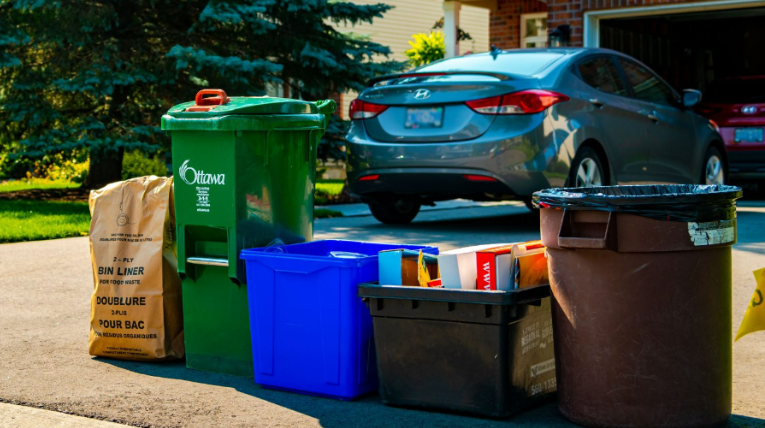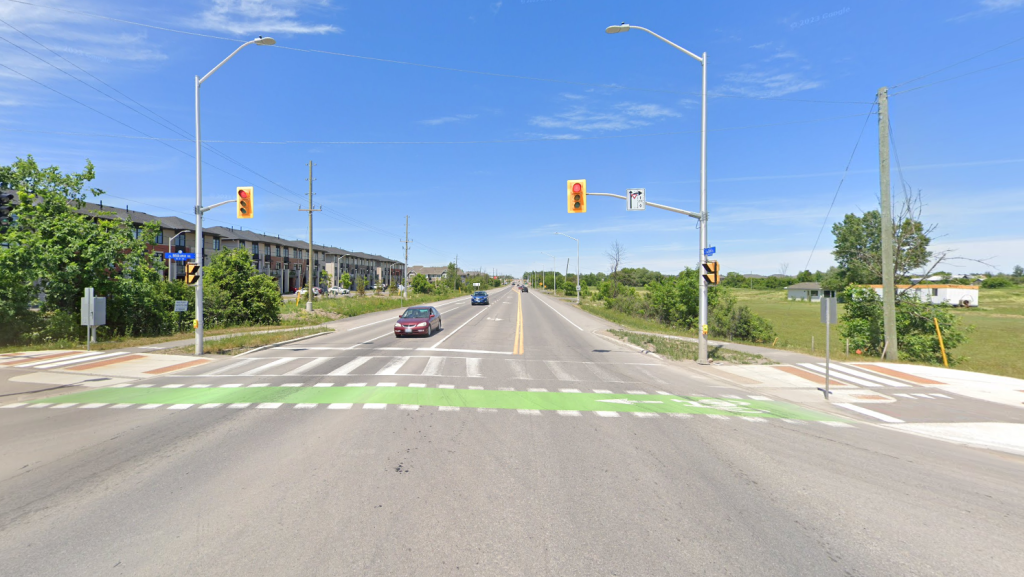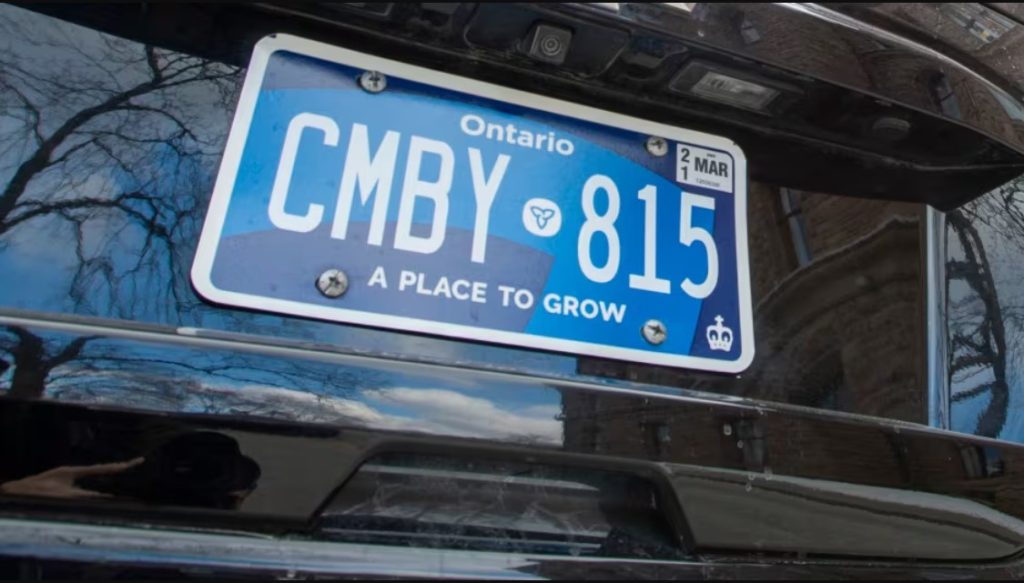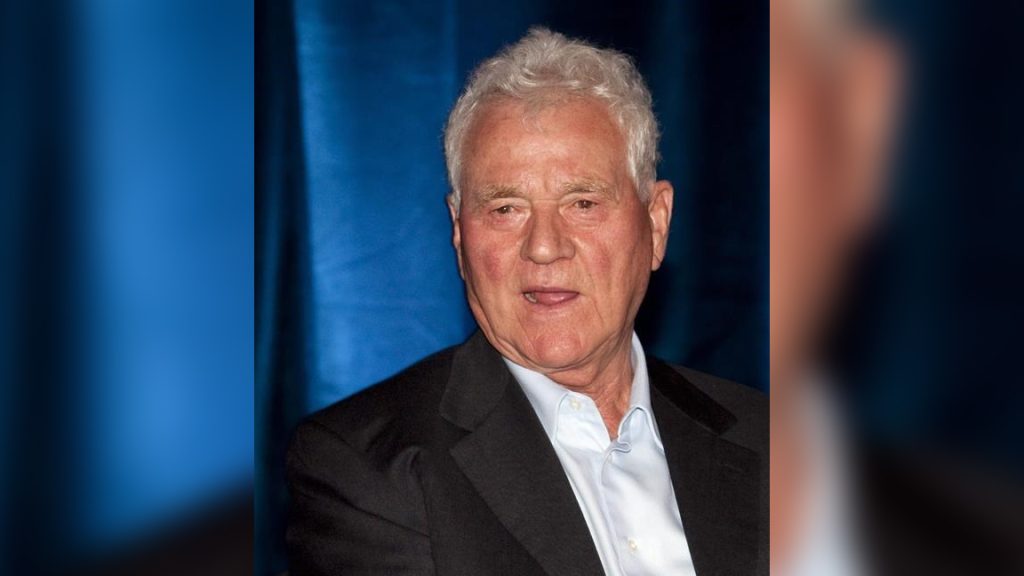Ottawa’s garbage is growing, but the landfill is not. Here’s what the plan is

Posted Jun 18, 2024 03:46:12 PM.
Last Updated Jun 18, 2024 03:46:17 PM.
The Environment and Climate Change Committee approved the Solid Waster Master Plan on Tuesday, a guideline for how the city will manage the growing tonnes of waste being produced.
According to the report, with the growing population — set to be 1.5 million by 2053 — garbage in landfills will increase by 31 per cent. This is an issue as the Trail Waste Facility landfill is estimated to reach capacity between 2034 and 2035, if habits remain.
To mitigate the growing issue, city staff have proposed a plan that outlines 50 actions to divert as much waste away from the landfill as possible.
“The plan emphasizes opportunities to reduce, reuse and recycle in our communities, such as organizing repair cafés, offering recycling in parks and requiring green bins in multi-residential buildings,” a press release from the city reads.
Other actions include investing in renewable energy from food waste and extending the landfill’s lifespan by possibly using a waste incinerator.
City staff said the plan will span over 30 years and if followed would reduce waste by about 31,000 tonnes and divert almost 1 million tonnes of waste from the landfill.
“It would also reduce greenhouse gas emissions by more than 9,000 tonnes of CO2e, equivalent to removing about 2,750 passenger vehicles from the roads each year.”
In the same committee meeting, members also approved a new Solid Waste Long Range Financial Plan, which sets out how to keep these services affordable over the next several decades. Not only will capital investments be needed, the city would also leverage the curbside service fee.
Ottawa is pledging the curbside fee will “increase in an equitable and predictable way” for residents and remain “significantly” lower than other cities.
Plans are set to be discussed at council on June 25.








